bfdadmin
Dr. Brandon Nelson, Board-Certified Foot and Ankle Physician and Surgeon, Discusses Treatment Options for Arthritis of the Big Toe
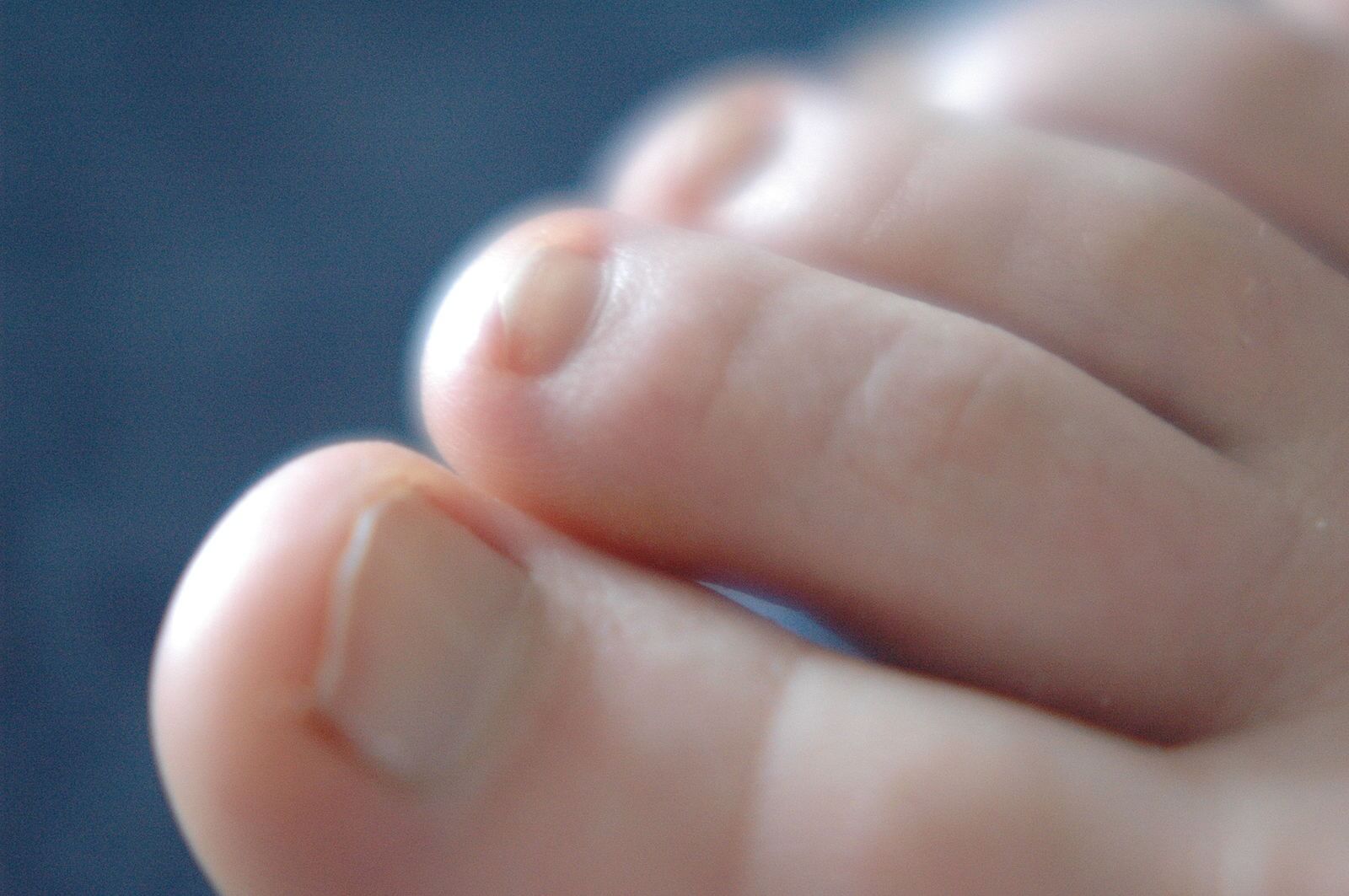
Arthritis of the big toe or sometimes called hallux limitus or hallux rigidus involves degenerative arthritis of the big toe. It often presents as pain and swelling in the big toe and even limited range of motion. Patients often have a history of any injury like a turf toe type incision where the majority of the time this is genetic in origin. This typically starts from an anatomical misalignment or elevated first metatarsal where long-term jamming of the joint and pain and swelling begins.
The treatment options from a surgical aspect involves joint preserving procedures. Joint sparing procedures involve trying to increase the life of the joint.
Joint sparing procedures typically have consisted of cleaning up the joint which is very commonly called a cheilectomy. This can be done for early type arthritis. This has all been considered were course of early intervention and has had great outcomes.
Joint destructive procedures typically involve the use of implants or fusion. Implants of the big toe joint have fallen out of favor and are not utilized by many physicians. The stays and fusion continues to be the mainstay. However there are other options that become available, depending on the patient's needs. There are some physicians that advocate what is called an interpositional arthroplasty which seems to work well and provides some space in the joint to provide cushioning.
If you have big toe pain I am happy to help make an appointment at our office and we can see whether conservative or surgical options are warranted. Give us a call today at 425-391-8666 or make an appointment online today.
Sincerely,
Brandon Nelson
Board-Certified Foot and Ankle Physician and Surgeon
Dr. Brandon Nelson, Board-Certified Foot and Ankle Physician and Surgeon, Discusses Minimally Invasive Bunion Surgery
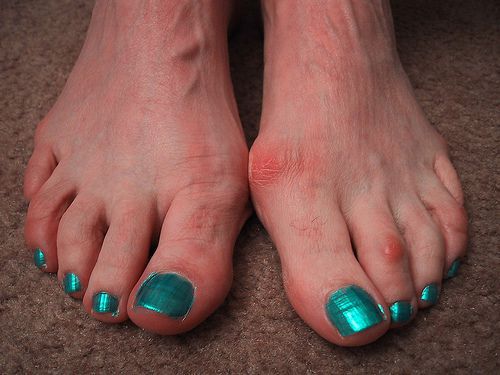
Bunion surgery has progressed significantly since its inception. Years ago, it was not uncommon for patients to stay overnight in the hospital if they had bunion surgery. Often times patients would spend days in the hospital and be in a cast and nonweightbearing for months. However this is a very rare occurrence these days and the majority of procedures are performed in an outpatient setting and very rarely is there an extended period of nonweightbearing. This evolution of bunion surgery has allowed for minimally invasive surgeries to become more commonplace.
Minimally invasive refers to making significantly smaller incisions than we’ll we typically do for bunion surgery. The average bunion can now be performed with minimally invasive surgery through an approximate 2 cm incision. The advantages of minimally invasive surgery is it allows for a quicker recovery and increased healing capacity. The majority of people will heal more quickly than the traditional open bunion procedure and will have less pain.
It is important to note that not every patient is a candidate for minimally invasive bunion surgery as it depends on other factors including overall foot structure and size of the bunion. It is important to have a thorough evaluation and workup for considering bunion surgery, any type of bunion surgery including minimally invasive. If you’re having bunion pain please contact my office and we will be able to get to an appointment and have your bunion evaluated. Give us a call at 425-391-8666 or make an appointment online today.
Sincerely,
Board-certified Foot and Ankle Physician and Surgeon
Dr. Brandon Nelson, Board-Certified Foot and Ankle Surgeon discusses Minimally Invasive Bunion Surgery

A bunion is a common forefoot condition that can be characterized by mild, moderate or severe and defined as a deviation of the big toe in the lateral direction. This condition is progressive and can lead to pain and discomfort with walking and exercise. Conservative measures are not usually successful. The traditional approach consists of an open incision and dissection of the foot that involves balancing of soft tissues and bony deformities. The procedure itself is highly successful but there is question as to whether more minimally invasive type accessible.
Minimally invasive bunion surgery has been around for years and as this technique is getting better, this becomes more of a promising type procedure. The literature is full of different types of minimally invasive bunion surgeries that can be used correct the foot. Some of the most promising new or techniques utilize screw or pin fixation and has become highly successful.
All done under direct live x-ray and results have been extremely positive. Majority of patients are weightbearing immediately after surgery and can return to normal shoes in 3-4 weeks. This is because of the soft tissues had minimal interruption and vascularity preserved. Minimally invasive bunion surgery shows promising results and can provide a fast return to activities.
If you’re suffering from bunion deformity and would like to discuss minimally invasive bunion procedure, call 425- 391-8666 or make an appointment online today.
Sincerely,
Dr. Brandon Nelson
Board-certified Foot and Ankle Physician and Surgeon
Dr. Brandon Nelson, Board-Certified Foot and Ankle Physician, Talks About Ingrown Nails
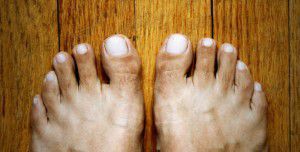
Ingrown nails can be extremely uncomfortable. They are caused from a bacterial infection typically in the big toe. Often times patients will have a history of ingrown toenails or family history of ingrown toenails. It is important to not try and treat ingrown toenails at home as this typically will make the infection worse. Ingrown nails themselves typically present as pain and swelling along the border of the toenail where the skin, patients will experience some drainage from the site and is often painful at times.
I recommend patients are evaluated when their nails are sore, red, thickened or painful with walking. There are many different options for treating an ingrown nail however typically the offending nail border has to be removed. Once removal is performed the procedure of choice is really dictated by the number of ingrown toenails the patient has experienced. The two options are an incision and drainage or what is called a matrixectomy.
Option one or incision and drainage involves removal of the offending nail border. This is typically done on just the side that is painful. Prior to removal the toe is anesthetized, cleaned and sterile prep. Nail is then removed with the hemostat appendicitis, flushed and covered with a sterile compressive dressing. Typical recovery from something like this is patients can return to activities the next day or so once a day for 1 week.
A matrixectomy involves a similar technique as described above. However once the nail is removed the nail cells are cauterized to prevent them from growing back. Matrixectomy is a procedure specifically designed for someone that has a history of recurrent ingrown toenails or long family history of ingrown nails. The patient’s toe will be red and sore often times for 2-3 weeks after the procedure.
If you’re experiencing painful swollen digit please give me a call today and I can help 425-391-8666, or make an appointment online.
Sincerely,
Board-Certified Foot and Ankle Physician and Surgeon
Dr. Brandon Nelson, Board-Certified Foot and Ankle Physician and Surgeon, Discusses Outcomes for Bunion Surgery
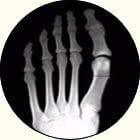
Bunion surgery continues to be the most common foot and ankle surgery performed and there are many different procedures available. Not all of the procedures have equal outcomes. The most common bunionectomy performed in the United States continues to be what is called an Austin bunionectomy or a head procedure. This type of procedure is primarily used to correct mild to moderate bunions. This procedure has great outcomes, as patients do well ambulatorily postoperatively. Most patients will be back to activities fairly quickly and long-term results are good as long as there are no other foot deformities. This type of bunion procedure is fairly straightforward and can be performed in 30-45 minutes. Postoperative protocol is easy and pain level is generally mildly and well controlled with oral medications.
The second most common type of bunionectomies are for severe bunions or people with foot instability. These procedures usually involve more in depth bunionectomy or stability type procedures. The most common bunionectomy for this is what is called a Lapidus bunionectomy. This procedure involves fusion of bones on the inside of the foot and provides great correction and increased stability for the foot itself. This procedure can often involve a period of nonweightbearing or modified weightbearing and usually takes longer to heal from within the previously discusses bunion. However it should be noted the recurrence rate with this type of bunionectomy is much less and the long-term outcomes are are great. Again, it is important to address other foot structure issues as these can have effect on long-term results.
If you’re suffering from a bunion or foot pain, an evaluation is essential. Call the office at 425-391-8666 or make an appointment online today so I can help.
Sincerely,
Board-Certified Foot and Ankle Physician and Surgeon
Dr. Timothy Young, a Board-Certified Foot Surgeon, Discusses Shockwave Therapy For Stubborn Achilles Tendinitis and Plantar Fasciitis
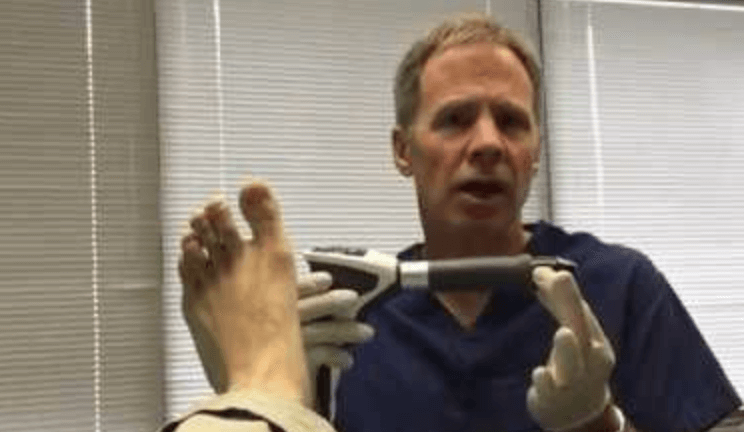
Dr. Timothy Young, a board-certified foot surgeon discusses, Shockwave therapy for stubborn Achilles tendinitis and plantar fasciitis. (EPAT)
Many of our plantar fasciitis and Achilles tendinitis patients respond well to traditional therapy. This includes appropriate gym shoes, prescription orthotics, braces, a night splint and stretching.
However, some patients have more stubborn cases. In these cases shockwave therapy is highly effective. In Dr Young's experience, this can be 80–90 percent effective for patients who have not had adequate relief with the traditional treatments. There are some cases that are so severe that we also use PRP (platelet rich plasma).
The shockwave therapy is typically done once a week for 5 treatments. There is no down time with shockwave therapy and there are no injections.
The Shockwave therapy protocol includes avoiding nonsteroidal anti-inflammatories like Aleve or Advil, avoiding icing, and taking supplemental boron - 3 mg per day and collagen. The clinical improvement after shockwave can continue to progress over 3-4 months.
Shockwave therapy is a form of regenerative medicine. The shockwave therapy itself is a fairly intense treatment and the targeted tissue benefits from the shockwave therapy with increased blood flow and increased local healing factors much like other forms of regenerative medicine. The body responds to shockwave therapy such that the local tissues respond as though there is trauma and this triggers many of the bodies own natural healing.
If you are experiencing foot or ankle pain, give us a call at 425-391-8666 or make an appointment online today.
Dr. Brandon Nelson, Board-Certified Foot and Ankle Physician and Surgeon, Discusses Forefoot Capsulitis
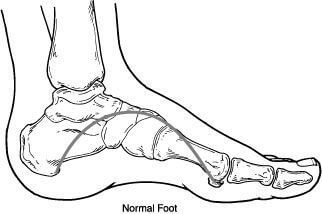
Capsulitis refers to a large group of conditions that is associated with inflammation of the joint capsule. It is important to have a little bit background of anatomy in order to understand this pathology. The joint is where 2 bones come together and these 2 bones are covered with articular cartilage and then these 2 bones are encapsulated by the joint sac that is full of fluid or hyaluronic acid. These all work in tandem to provide functional smooth gliding joint. There are many causes of capsulitis, basically it is just inflammation of the joint capsule itself.
Dr. Brandon Nelson, Board-Certified Foot and Ankle Surgeon, Discusses Pediatric Heel Pain
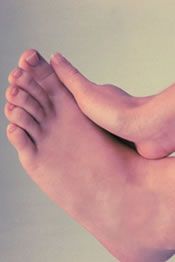
Pediatric or child heel pain is a common condition that begins to affect most young girls between the ages of 10 and 14 and young boys between the ages of 12 and 14. There seems to be a large correlation with previous family history where parents relate that they experienced heel pain as children. Most kids will describe a throbbing-like sensation that is worse with activities and increases with the more they do and normally resolves with rest. The #1 cause remains an inflammatory condition of the growth plate or what is called apophysitis or Sever’s disease.
Sever’s disease or apophysitis is very treatable condition and the early intervention easier is to recover. Most kids that have apophysitis typically have a flatter foot or playing a sport in cleats. I do recommend an x-ray and a thorough evaluation because there are other causes of heel pain including bone pathology like stress fractures or tumors. Typically there will be less pain with shoes and icing can be helpful.
If your child is having heel pain I can help. Please make an appointment to have them evaluated and get them on the road to recovery.
Give us a call at 425-391-8666 or make an appointment online today.
Dr Timothy Young, a Board Certified Foot Surgeon, Talks About Supartz (Synthetic Joint Lubricant)
Dr. Timothy Young has used this treatment for arthritis in the foot and ankle for over 10 years. This has been one the most effective nonsurgical options that we have. Supartz is synthetic joint lubricant Sodium Hyaluronate, and this is very joint and cartilage protective.
On the other hand, another common injection used by many clinics is cortisone. Cortisone can be very damaging to joints and cartilage especially with repetitive use. It can weaken the joint capsule and cartilage and over time accelerate the degenerative process. Supartz does not have these degenerative properties in fact quite the opposite, it is very protective.
Applications: Arthritis of the great toe joint is one the most common applications. But arthritis and joint pain from the ankle is another common treatment site along with other joints in the forefoot and midfoot. '
Duration: We have found that Supartz injections can provide relief and last between 6 and 12 months.
The local anesthetic is utilized initially so that there is no pain during the Supartz injection itself. Also during the Supartz injection Dr. Young utilizes ultrasound imaging to pinpoint the location and make certain that the Supartz goes directly into the joint as intended.
For a live video showing Dr. young doing a Supartz injection for great toe arthritis see youtube: https://www.youtube.com/watch?v=kZ9Rc6B8Fqc (Search: BestFootDoc Supartz YouTube)
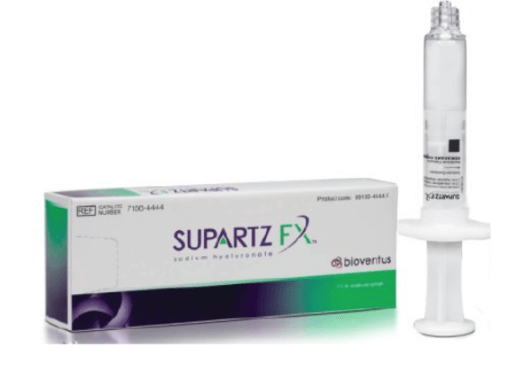
If you are experiencing foot or ankle pain, give us a call today at 425-391-8666 or make an appointment online.
Dr. Brandon Nelson, Board-Certified Foot and Ankle Physician and Surgeon, Discusses Achilles Tendon Pain
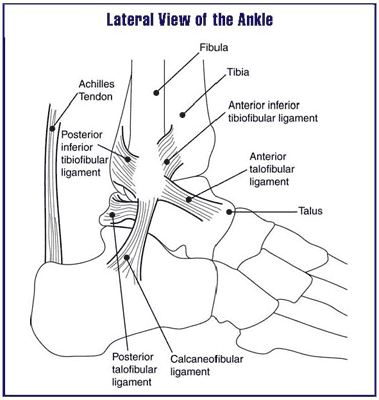
The Achilles tendon is the thickest strongest tendon in the human body. There are more pounds per square inch going across the Achilles tendon than any other tendon. It is important to realize that during an active gait cycle the Achilles tendon is under chronic mechanical load. This tendon in general can become overused and is usually attributed to an increase in activity or change in activities.
The most common cause of Achilles tendon pain is what is described as watershed region Achilles tendinitis. I encountered this in a lot of people that have begun to run or do plyometrics type activities like box jumping or jumping rope. I encouraged people not to plunge into new activities to begin to train slowly. With activities the changing and loading of the Achilles tendon can lead to Achilles tendinitis-type problems. Typically this will present as pain and swelling in the Achilles tendon. Oftentimes patients will experience increased pain that they try to push through this in addition they are at the risk of rupturing the Achilles tendon during this time.
It is extremely important that anytime a patient has Achilles tendon pain medicines evaluated by a physician. Long-term wear and tear can delay the return to normal activities. The longer patients have had these conditions there is a correlation with the longer it takes to recover. Achilles tendinopathy is one of the most common pathologies that I see if with recent developments in treatment protocols patients can return to activities sooner.
Sincerely,
Board-Certified Foot and Ankle Physician and Surgeon



